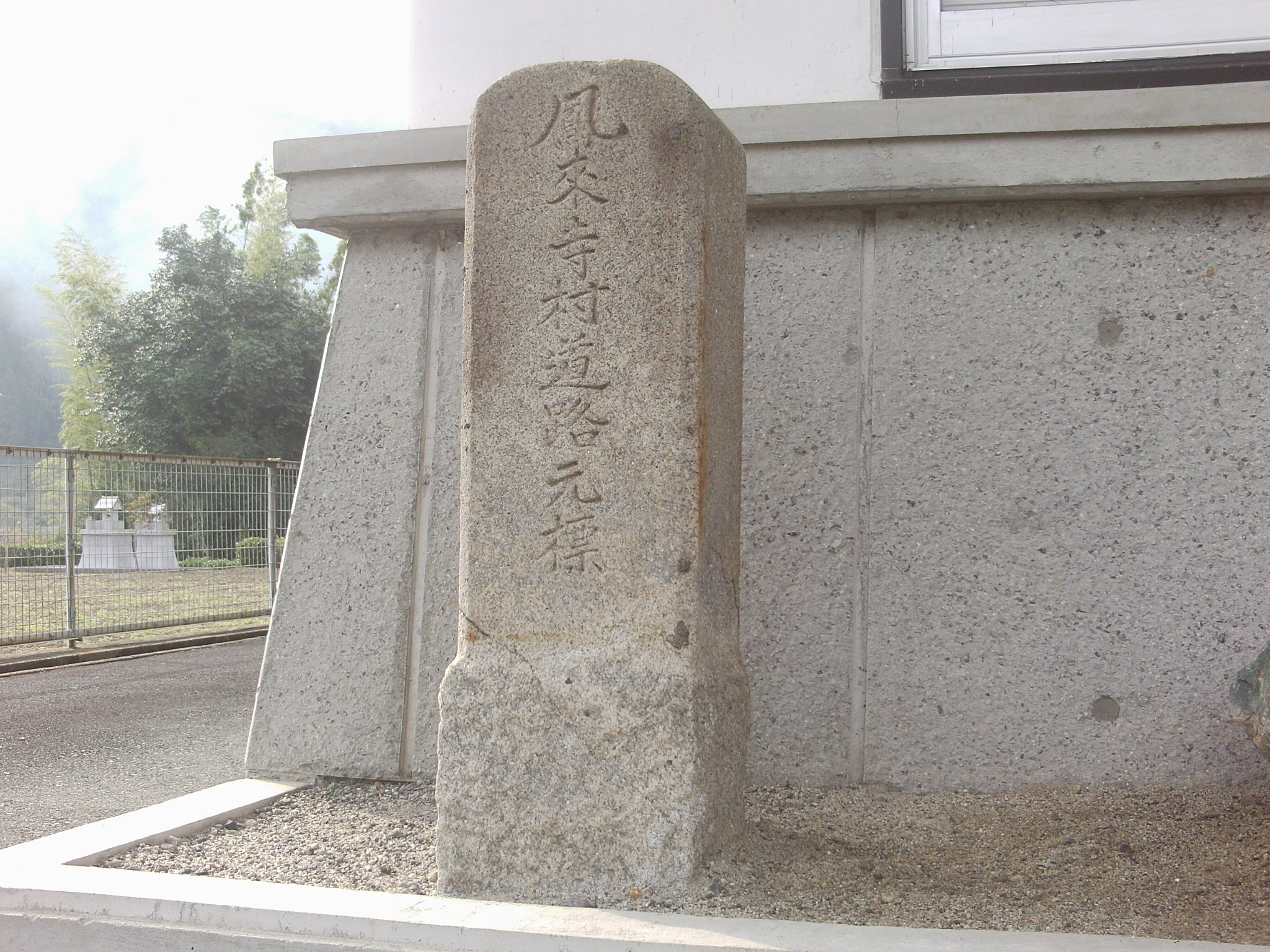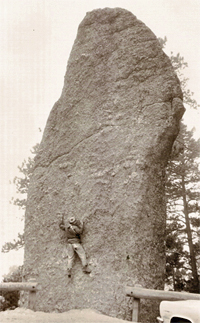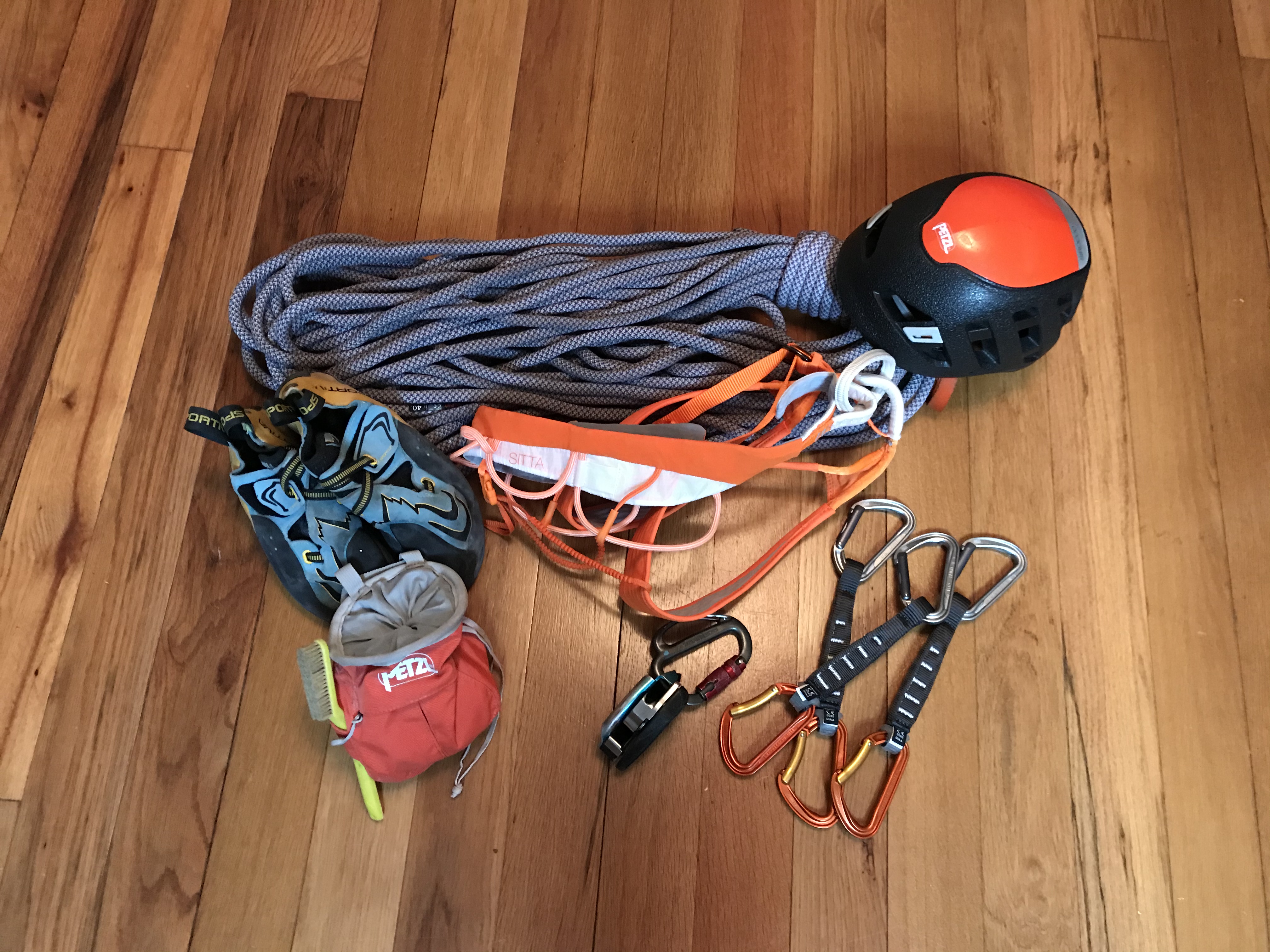|
Hōrai, Aichi
was a town located in Minamishitara District, Aichi Prefecture, Japan. As of May 1, 2004, the town had an estimated population of 13,565 and a density of 51.45 persons per km2. Its total area was 263.66 km2. Geography Hōrai was located in east-central of Aichi Prefecture. Some 90 percent of the village area was covered in mountains and forest, and most was within the borders of the Aichi Kōgen Quasi-National Park History Hōraiji village was created in the early Meiji period cadastral reform on 1878, but has existed since at least the Muromachi period as a monzen machi to the mountain cult temple of Hōrai-ji. On April 1, 1956, Hōraiji and Nagashino villages merged with Nanago village and Ono Town from Yana District to form the town of Hōrai. They were joined by Ebi Town from Minamishitara District and Yamayoshida Village from Yana District on September 30 of the same year. On October 1, 2005, Hōrai, along with the village of Tsukude (also from Minamishitara D ... [...More Info...] [...Related Items...] OR: [Wikipedia] [Google] [Baidu] |
Aichi Prefecture
is a prefecture of Japan located in the Chūbu region of Honshū. Aichi Prefecture has a population of 7,552,873 () and a geographic area of with a population density of . Aichi Prefecture borders Mie Prefecture to the west, Gifu Prefecture and Nagano Prefecture to the north, and Shizuoka Prefecture to the east. Overview Nagoya is the capital and largest city of Aichi Prefecture, and the fourth-largest city in Japan, with other major cities including Toyota, Okazaki, and Ichinomiya. Aichi Prefecture and Nagoya form the core of the Chūkyō metropolitan area, the third-largest metropolitan area in Japan and one of the largest metropolitan areas in the world. Aichi Prefecture is located on Japan's Pacific Ocean coast and forms part of the Tōkai region, a subregion of the Chūbu region and Kansai region. Aichi Prefecture is home to the Toyota Motor Corporation. Aichi Prefecture had many locations with the Higashiyama Zoo and Botanical Gardens, The Chubu Centrair Internat ... [...More Info...] [...Related Items...] OR: [Wikipedia] [Google] [Baidu] |
Aichi Kōgen Quasi-National Park
is a quasi-national park in the Tōkai region of Honshū in Japan. It is rated a protected landscape (category III) according to the IUCN. As with neighboring Hida-Kisogawa Quasi-National Park and Tenryū-Okumikawa Quasi-National Park the park includes mountainous landscapes with gorges and dense forests. The part is on the border between Shizuoka and Aichi Prefecture, but is entirely within Aichi. It also includes a portion of the Tōkai Nature Trail. It encompasses the area around Yahagi Dam and the Kourankei scenic areas. The area was designated a quasi-national park on December 28, 1970. Like all Quasi-National Parks in Japan, the park is managed by the local prefectural governments. See also *List of national parks of Japan and in Japan are places of scenic beauty designated for protection and sustainable usage by the Minister of the Environment under the of 1957. National Parks are designated and in principle managed by the Ministry of the Environment. Quasi-Nat ... ... [...More Info...] [...Related Items...] OR: [Wikipedia] [Google] [Baidu] |
Dai Koyamada
Dai Koyamada ( ja, 小山田大, born 23 August 1976) is a Japanese rock climber Rock climbing is a sport in which participants climb up, across, or down natural rock formations. The goal is to reach the summit of a formation or the endpoint of a usually pre-defined route without falling. Rock climbing is a physically and ... and known as one of the leading boulderers of his generation who established some of the List of first ascents (sport climbing)#Solved by men, first-ever boulder problems at . He has also established and repeated, some of the hardest sport climbing, sport climbs in the world. Early life Dai was born on 23 August 1976 in Kagoshima Prefecture and started climbing in 1993. Climbing career In 1996, Koyamada won the Japanese National Championship. This is the event that allowed him to become a professional rock climber. Four years later in 2000 Koyamada left the competitions because he realized "The real nature of my climbing resides in crags". Koyamada ... [...More Info...] [...Related Items...] OR: [Wikipedia] [Google] [Baidu] |
Bouldering
Bouldering is a form of free climbing that is performed on small rock formations or artificial rock walls without the use of ropes or harnesses. While bouldering can be done without any equipment, most climbers use climbing shoes to help secure footholds, chalk to keep their hands dry and to provide a firmer grip, and bouldering mats to prevent injuries from falls. Unlike free solo climbing, which is also performed without ropes, bouldering problems (the sequence of moves that a climber performs to complete the climb) are usually less than tall. Traverses, which are a form of boulder problem, require the climber to climb horizontally from one end to another. Artificial climbing walls allow boulderers to climb indoors in areas without natural boulders. In addition, bouldering competitions take place in both indoor and outdoor settings. The sport was originally a method of training for roped climbs and mountaineering, so climbers could practice specific moves at a safe dist ... [...More Info...] [...Related Items...] OR: [Wikipedia] [Google] [Baidu] |
Sport Climbing
Sport climbing (or Bolted climbing) is a form of rock climbing that relies on permanent anchors (or bolts), permanently fixed into the rock for climber protection, in which a rope that is attached to the climber is clipped into the anchors to arrest a fall; it can also involve climbing short distances with a crash pad underneath as protection. This is in contrast to traditional climbing where climbers must place removable protection as they climb. Sport climbing usually involves lead climbing and toproping techniques, but free solo and deep-water solo (i.e. no protection) climbing on sport routes is also sometimes possible. Since sport climbing routes do not need to follow traditional climbing route lines where protection can be placed into natural features (e.g. cracks), they tend to follow more direct lines up crags. This aspect, in addition to the lack of any need to install protection during the climb (e.g. the sport climber just clips into pre-installed bolts along th ... [...More Info...] [...Related Items...] OR: [Wikipedia] [Google] [Baidu] |
Bouldering
Bouldering is a form of free climbing that is performed on small rock formations or artificial rock walls without the use of ropes or harnesses. While bouldering can be done without any equipment, most climbers use climbing shoes to help secure footholds, chalk to keep their hands dry and to provide a firmer grip, and bouldering mats to prevent injuries from falls. Unlike free solo climbing, which is also performed without ropes, bouldering problems (the sequence of moves that a climber performs to complete the climb) are usually less than tall. Traverses, which are a form of boulder problem, require the climber to climb horizontally from one end to another. Artificial climbing walls allow boulderers to climb indoors in areas without natural boulders. In addition, bouldering competitions take place in both indoor and outdoor settings. The sport was originally a method of training for roped climbs and mountaineering, so climbers could practice specific moves at a safe dist ... [...More Info...] [...Related Items...] OR: [Wikipedia] [Google] [Baidu] |
Municipalities Of Japan
Japan has three levels of governments: national, prefectural, and municipal. The nation is divided into 47 prefectures. Each prefecture consists of numerous municipalities, with 1,719 in total (January 2013 figures There are four types of municipalities in Japan: Cities of Japan, cities, towns, villages and special wards (the ''ku'' of Tokyo). In Japanese, this system is known as , where each kanji in the word represents one of the four types of municipalities. Some designated cities also have further administrative subdivisions, also known as wards. But, unlike the Special wards of Tokyo, these wards are not municipalities. Status The status of a municipality, if it is a village, town or city, is decided by the prefectural government. Generally, a village or town can be promoted to a city when its population increases above fifty thousand, and a city can (but need not) be demoted to a town or village when its population decreases below fifty thousand. The least-populated cit ... [...More Info...] [...Related Items...] OR: [Wikipedia] [Google] [Baidu] |
Tsukude, Aichi
was a village located in Minamishitara District, Aichi Prefecture, Japan. As of May 1, 2004, the village had an estimated population of 3,263 and a . Its total area was . Geography Tsukude was located in east-central of Aichi Prefecture. Some 90 percent of the village area was covered in mountains and forest, and most was within the borders of the Aichi Kōgen Quasi-National Park History Tsukude was home to the Okudaira clan during the Sengoku period, and to the short-lived Tsukude Domain under the Tokugawa Shogunate of the Edo period. Modern Tsukude village was created through the merger of nine small hamlets on May 1, 1906. On October 1, 2005, Tsukude, along with the town of Hōrai (also from Minamishitara District), was merged into the expanded city of Shinshiro and has ceased to exist as an independent municipality A municipality is usually a single administrative division having corporate status and powers of self-government or jurisdiction as granted by national ... [...More Info...] [...Related Items...] OR: [Wikipedia] [Google] [Baidu] |
Yana District, Aichi
Yana may refer to: Locations *Yana, Burma, a village in Hkamti Township in Hkamti District in the Sagaing Region of northwestern Burma *Yana, India, a village in the Uttara Kannada district of Karnataka, India * Yana, Nigeria, an administrative capital in Bauchi State, Nigeria *Yana, Sierra Leone, a town in Northern Province of Sierra Leone *Yana (river), a river in Yakutia, Russia *Yana (Sea of Okhotsk), a river in Magadan Oblast, Russia *Yana Plateau, Russia *Yana Point, the point forming the west side of the entrance to Bruix Cove, Antarctica People *Yana (singer) (1931–1989), British singer * Yana Dobrovolskaya (born 1997), Miss Russia 2016 *Yana Gupta (born 1979), Czech-Indian model-actress *Yana Klochkova (born 1982), Ukrainian Olympic swimmer *Yana Kudryavtseva (born 1997), Russian rhythmic gymnast *Yana Kunitskaya (born 1989), Russian mixed martial artist *Yana Marinova (born 1978), Bulgarian actress *Yana Milev (born 1969), German artist, philosopher, author and sociolog ... [...More Info...] [...Related Items...] OR: [Wikipedia] [Google] [Baidu] |
Hōrai-ji
, Buddhist temple of the Shingon sect located in the city of Shinshiro, Aichi Prefecture, Japan. Its main image is a statue of Yakushi Nyōrai. The temple is located on the Mount Hōrai and is accessed by a flight of 1425 steps. The grounds have been designated Place of Scenic Beauty and Natural Monument since 1931. The area is also noted for its population of Eurasian scops owl, the prefectural bird of Aichi Prefecture. History Per the temples own history, it was founded in 702 AD by a holy ascetic, Ryūshū Sennin, who carved statues of Yakushi Nyōrai, Nikkō Bosatsu, Gakkō Bosatsu, the Jūni Shinshō, Shi-Tennō and other deities out of the living trucks of trees on Mount Hōrai. Prayers at this location cured Emperor Mommu of an affliction, which led to its official recognition. The temple was rebuilt in the Kamakura period by Minamoto no Yoritomo (who is also credited with building the 1425 stone steps), out of gratitude for sheltering him during the Heiji rebellio ... [...More Info...] [...Related Items...] OR: [Wikipedia] [Google] [Baidu] |



